Embracing the Timeless: The Resurgence of Vintage Fashion Styles
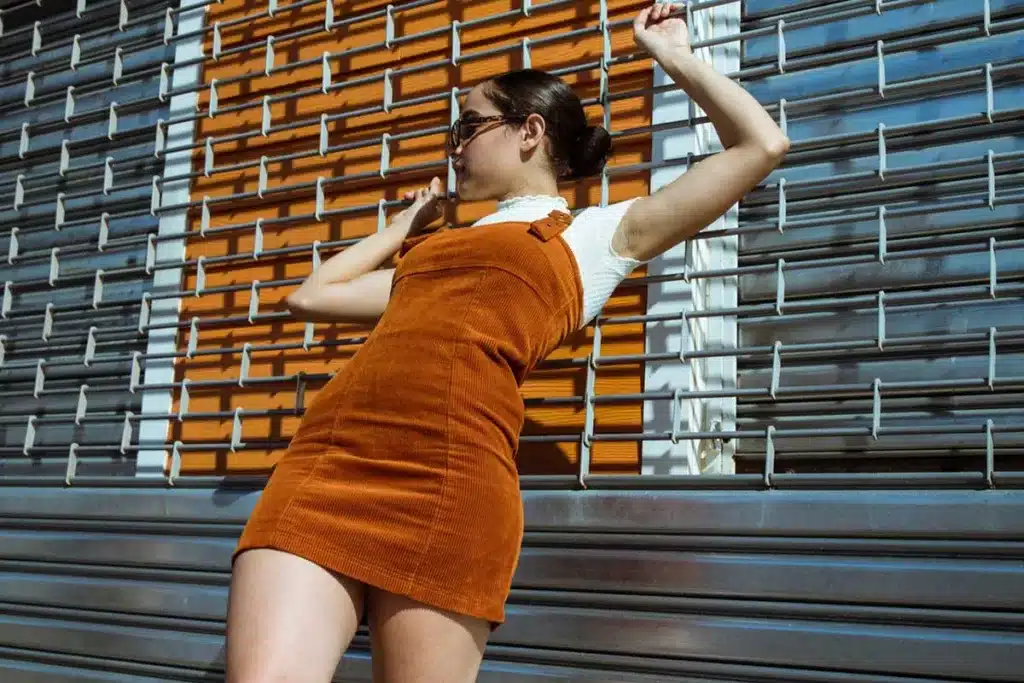
Introduction to the cyclical nature of fashion trends
Fashion trends have a fascinating cyclical nature – often reflecting societal values, cultural movements, and historical references. Here’s an introduction to this intriguing phenomenon:
Historical Recurrence: Fashion trends tend to resurface in cyclical patterns, often influenced by previous eras. What was once popular may fall out of favor, only to be revived years or decades later with modern adaptations. For example – 90’s fashion saw a resurgence in the 2010’s with trends like mom jeans and crop tops. Take a look at some of these reborn styles at Amazon today.
Cultural Influence: Fashion is deeply intertwined with culture. Trends often emerge as a response to cultural shifts and movements. For instance – the bohemian style of the 1960’s reflected the countercultural movement of that era, while the minimalistic fashion of the 1990’s mirrored the shift towards simplicity and practicality.
Innovative Interpretations: While trends may repeat, they rarely return exactly as they were. Each iteration brings innovative interpretations and updates, reflecting contemporary tastes and technologies. For example – the resurgence of bell-bottom pants in the 2000’s featured modern fabrics that had flexibility and styling that fit any shape.
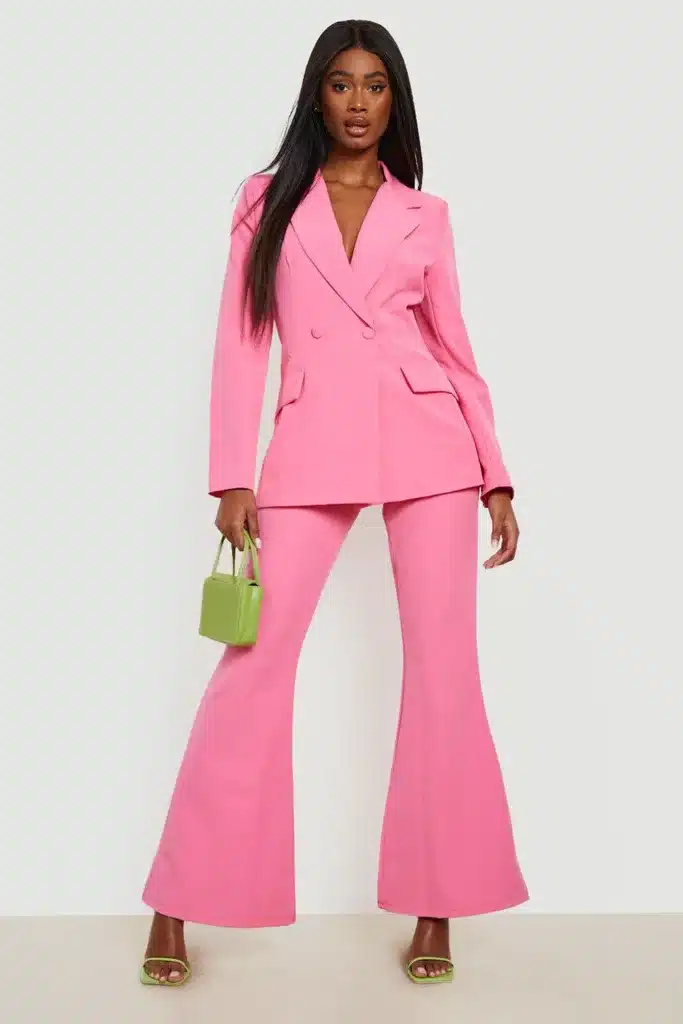
Nostalgia and Niche Subcultures: Nostalgia plays a significant role in fashion cycles. People often gravitate towards styles that evoke fond memories, or a sense of nostalgia for a particular era. Additionally, niche subcultures may revive forgotten trends, giving them new life and relevance within their communities – for example Rockabilly or Steampunk.
Fashion Industry and Marketing: The fashion industry also plays a crucial role in perpetuating cyclical trends. Designers, influencers, and brands often draw inspiration from past decades to create new collections. Additionally, marketing strategies, such as retro-themed advertising campaigns, can fuel the revival of specific trends.
Globalization and Digital Culture: With the rise of globalization and digital culture, fashion trends can spread rapidly across borders and generations. Social media platforms, in particular, have become influential in disseminating trends and shaping consumer preferences, accelerating the cyclical nature of fashion.
Understanding this cyclical nature of fashion trends, provides insight into how style evolves over time and how past influences continue to shape contemporary aesthetics. It also highlights the dynamic interplay between history, culture, innovation, and consumer behavior within the fashion industry.
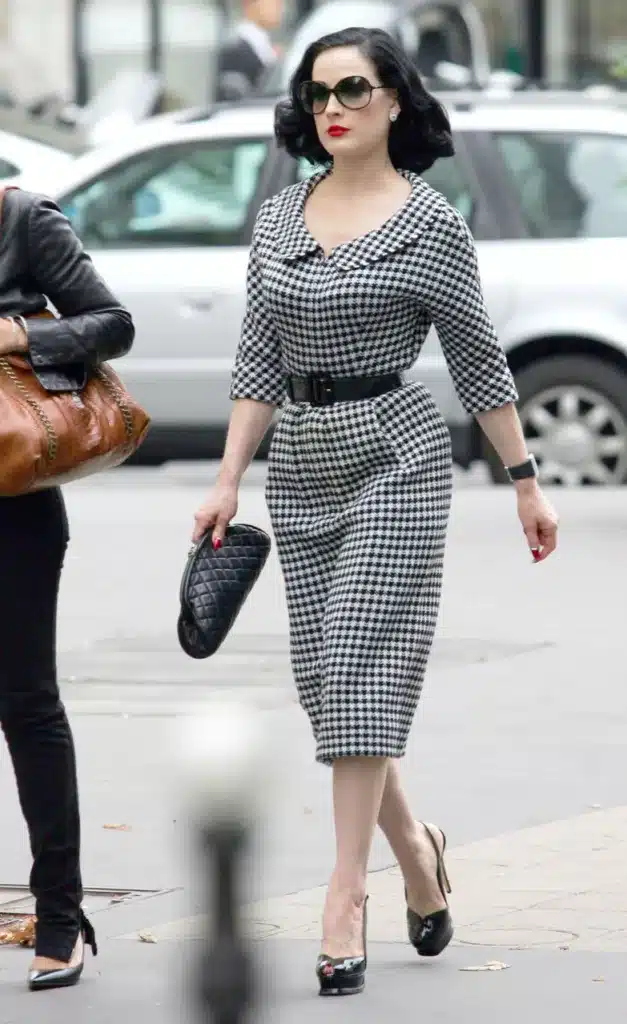
The psychological allure of vintage styles: Nostalgia and identity
Vintage styles hold a unique psychological allure, largely due to the intertwining factors of nostalgia and identity. We breakdown the reasons for why they have such a strong appeal:
Nostalgia: Nostalgia is a powerful emotion that evokes fond memories of the past. Vintage styles often harken back to a perceived “simpler time,” triggering feelings of comfort, familiarity, and sentimentality. Whether it’s the fashion, music, or design aesthetics, experiencing vintage styles can transport individuals back to a time they associate with positive emotions.
Sense of Authenticity: Vintage items often carry a sense of authenticity and craftsmanship that is sometimes lacking in mass-produced modern goods. This authenticity appeals to individuals seeking products with a story, a history, and a tangible connection to the past. Owning or wearing vintage items can make people feel connected to a heritage or a bygone era.
Distinctiveness and Individuality: In a world where trends come and go rapidly, vintage styles offer a way for individuals to express their uniqueness and stand out from the crowd. Choosing vintage clothing or décor allows people to create a personal style that reflects their individual tastes and preferences, rather than conforming to mainstream fashion.
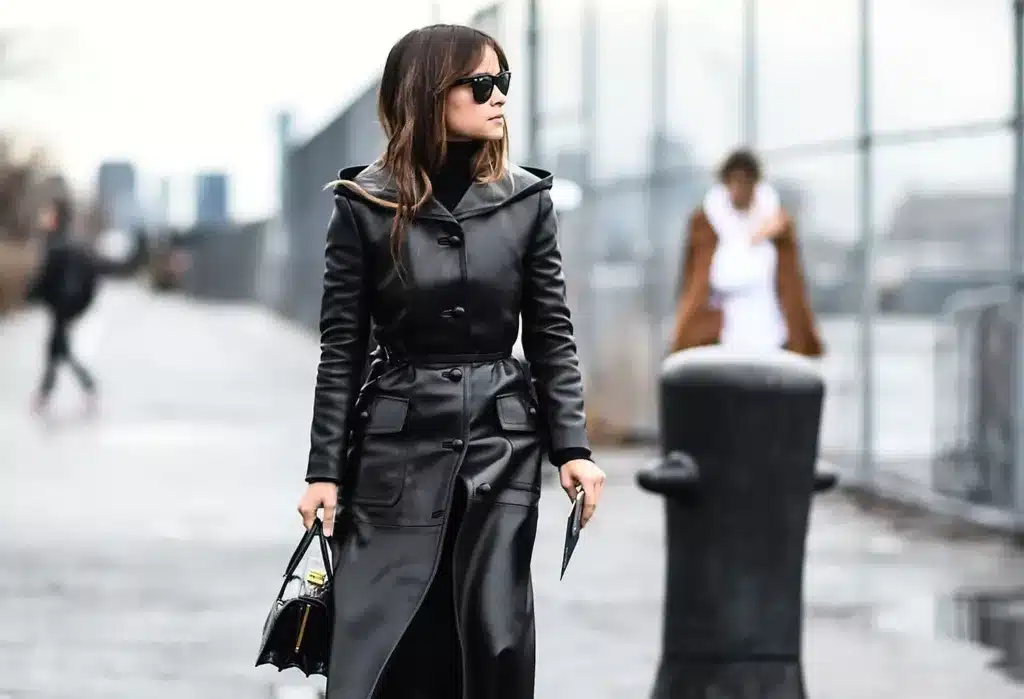
Cultural Significance: Vintage styles often carry cultural significance, serving as a visual representation of different historical periods, movements, or subcultures. For example, the fashion of the 1950’s might evoke images of post-war prosperity and traditional gender roles, while the 1960’s are associated with the countercultural revolution and youth rebellion.
Sustainability and Environmental Consciousness: As concerns about environmental sustainability grow, many people are turning to vintage shopping as a more eco-friendly alternative to fast fashion. By giving new life to old items, individuals reduce waste and minimize their carbon footprint, aligning their fashion choices with their environmental values.
Overall, the psychological allure of vintage styles stems from their ability to evoke nostalgia, offer a sense of authenticity, promote individuality, carry cultural significance, and align with sustainability. For many, embracing vintage is not just about fashion; it’s a way of connecting with the past, expressing identity, and making a statement about who they are and what they believe in.
Key vintage trends making a comeback: From flapper dresses to bell-bottoms
Fashion trends are cyclical, emerging from past to present – and fascinating to see styles from past decades resurface, and become popular once again. Here are some key vintage trends that have made comebacks:
Flapper Dresses (1920’s): The 1920’s flapper style has experienced a revival, with its loose, dropped waist silhouette, fringe details, and Art Deco-inspired embellishments. Modern interpretations often incorporate contemporary fabrics and asymmetrical cuts – while retaining the essence of the original flapper look. Gorgeous Gatsby inspired dresses are here at Zapaka Vintage. They also cater for plus size Gatsby styles too.
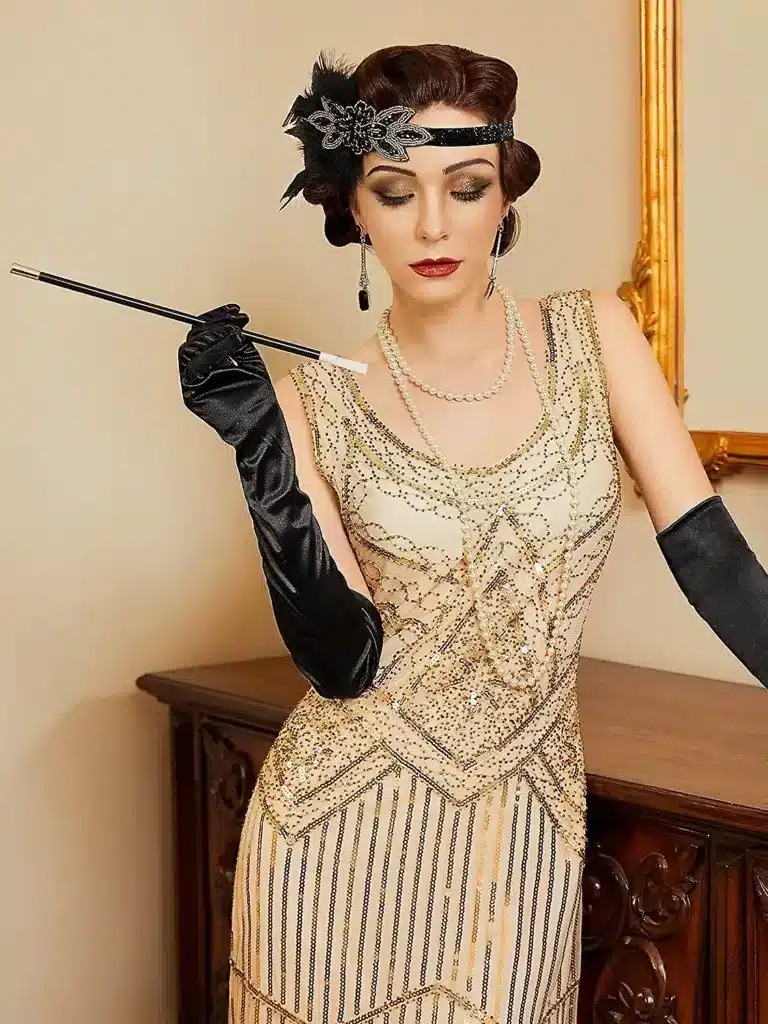
Bell-Bottoms (1960’s/1970’s): Bell-bottoms – characterized by their wide flare from the knee downwards, were iconic in the ’60’s and ’70’s. They’ve made a strong comeback in recent years, with many fashion brands offering updated versions of this classic style. Some cool bell-bottom jeans and pants can be purchased here.
Wide-Leg Pants (1970’s): Alongside bell-bottoms, wide-leg pants reborn from the 1970’s, have become increasingly popular. These trousers feature a relaxed fit from the hips to the hem, offering comfort and a retro-chic vibe. Wide leg pants are available here at Amazon today.
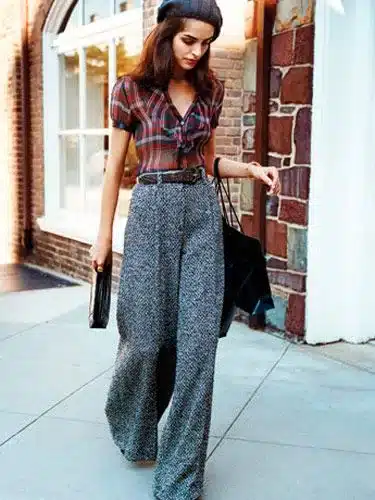
Puffy Sleeves (1980’s): The exaggerated puffy sleeves popularized in the 1980’s are back in fashion. Whether on blouses, dresses, or even jackets, puffy sleeves add drama and a touch of romance to modern outfits. Assorted puffy sleeved tops available now through Amazon.
Vintage Denim Cuts (Various Decades): Denim trends often draw inspiration from different eras. From high-waisted mom jeans reminiscent of the 1980’s, to wide-leg jeans inspired by the 1970’s, vintage denim cuts continue to influence contemporary fashion. Look at the styles from these decades. More varieties can be purchased here.
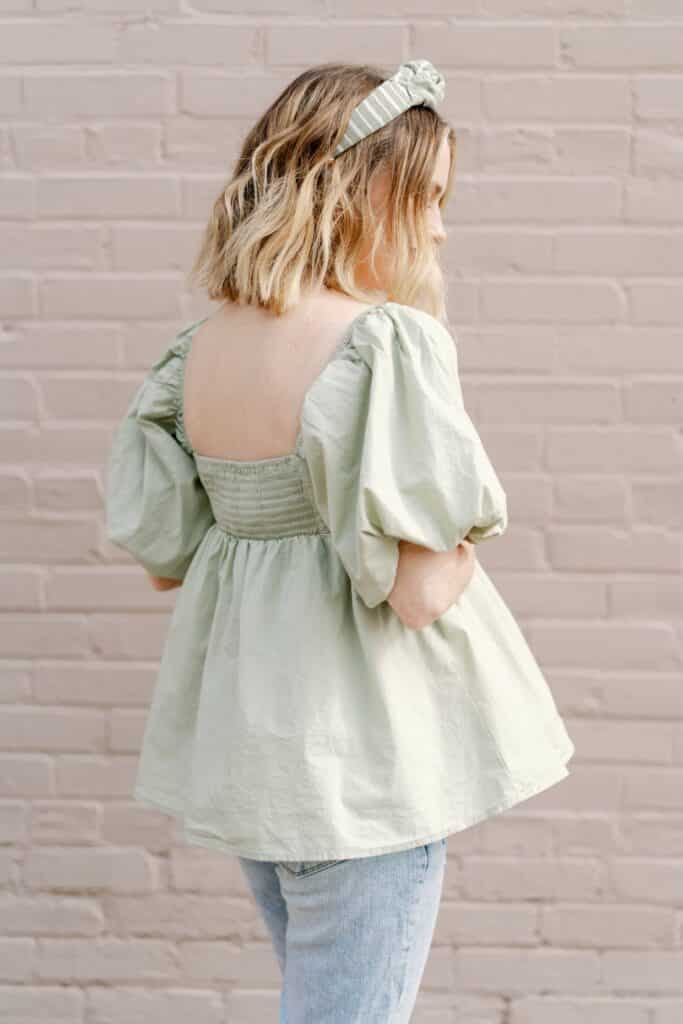
Maxi Dresses (1970’s): Maxi dresses, floor-length dresses popularized in the 1970’s, have made a comeback in recent years. These flowy, feminine garments are versatile and suitable for various occasions, from casual outings to formal events. Different maxi dresses are located here at Amazon. You may also see these trending designs at Miss Selfridge today.
Polka Dots (1950’s): Polka dots – a timeless print associated with the 1950’s, have regained popularity in modern fashion, including Rockabilly. Whether on dresses, blouses, or accessories, polka dots add a playful and retro touch to outfits. Cute Rockabilly dress styles are available here at Retro Stage, including plus size dresses.
As an affiliate - I may receive a commission when you click on a link and purchase through this site
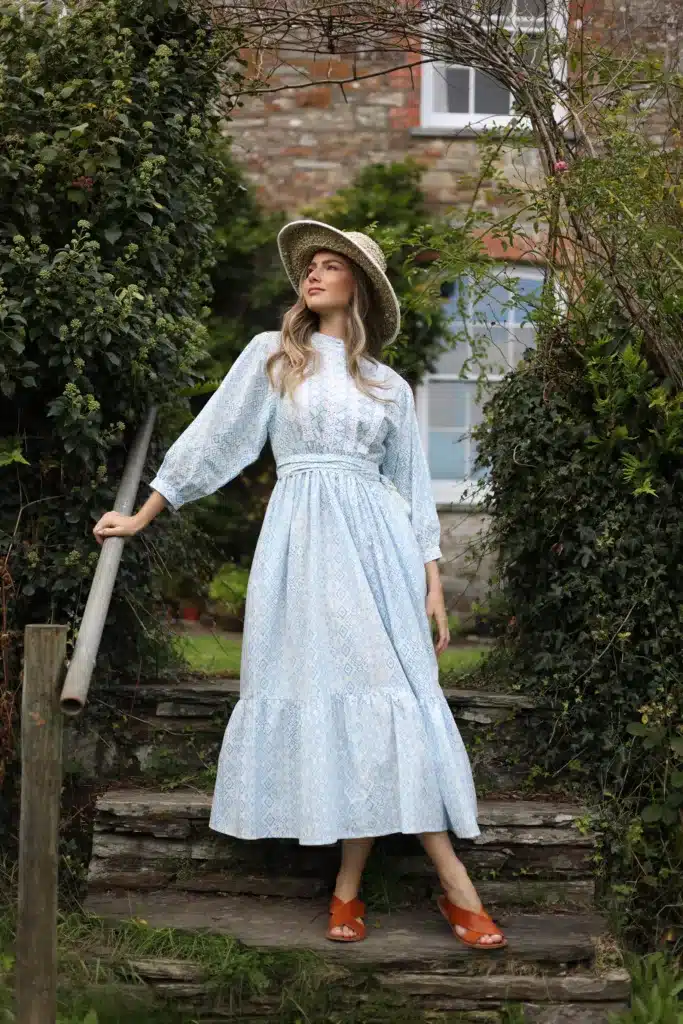
Tie-Dye (1960’s/1970’s): Tie-dye – a DIY favorite from the 1960’s and 1970’s, has resurfaced in mainstream fashion. From T-shirts to hoodies and dresses. Tie-dye patterns including the ombre favourite, offer a psychedelic and nostalgic vibe. Some favourite styles can be found right here now.
These trends showcase the enduring influence of past eras on contemporary fashion and highlight the cyclical nature of style evolution.
How technology and social media fuel the vintage trend revival
The revival of vintage trends, fueled by technology and social media, is a fascinating phenomenon. Here’s how these two factors contribute to the resurgence of vintage fashion and culture:
Access to Information and Inspiration: Social media platforms like Instagram, Pinterest, and TikTok provide users with vast amounts of visual content. Users can easily discover and share images of vintage fashion, music, art, and design, allowing them to draw inspiration from past eras. This exposure to vintage aesthetics prompts individuals to incorporate retro elements into their personal style and preferences.
Online Marketplaces: The internet has facilitated the creation of online marketplaces where people can buy and sell vintage clothing, accessories, and collectibles. Platforms like Etsy, eBay, and Depop have made it easier than ever for individuals to access a wide range of vintage items from different time periods and styles. This accessibility has contributed to the mainstream popularity of vintage fashion.
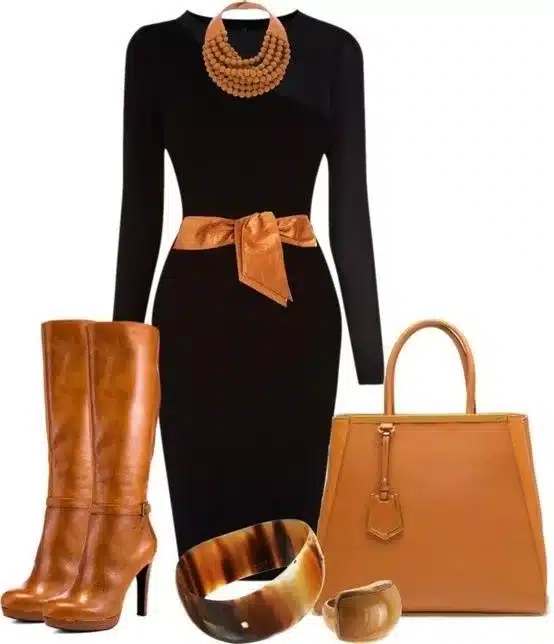
Nostalgia and Authenticity: In today’s fast-paced and digitally-driven world, many people long for a sense of nostalgia and authenticity. Vintage fashion allows individuals to connect with the past and express their individuality in a way that feels genuine and unique. Wearing vintage clothing or decorating with vintage items can evoke feelings of nostalgia and nostalgia.
Influence of Celebrities and Influencers: Celebrities and social media influencers play a significant role in shaping fashion trends and promoting vintage styles. When influential figures incorporate vintage elements into their wardrobes or endorse vintage-inspired brands, it can spark widespread interest and adoption among their followers.
Overall, technology and social media have democratized access to vintage fashion and culture, making it easier for people to discover, appreciate, and incorporate retro elements into their lives. This intersection of past and present influences creates a dynamic and diverse fashion landscape that continues to evolve and inspire.
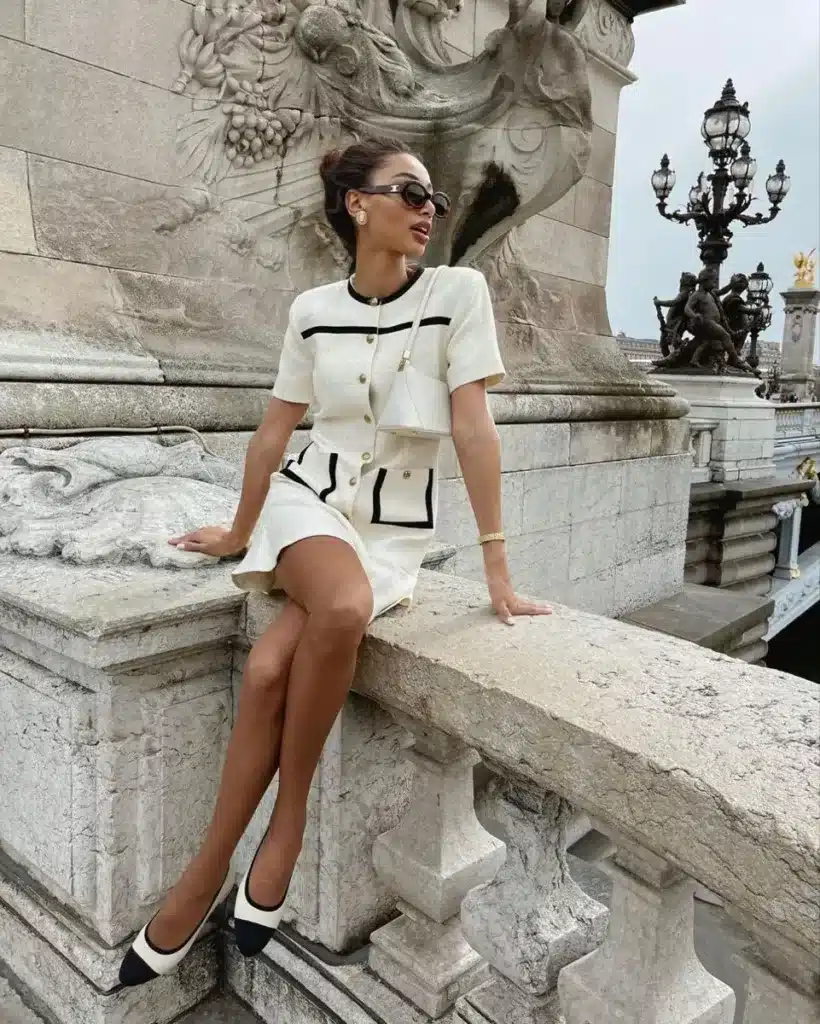
Why fashion designers are turning back the clock with current trends
Today’s fashion designers often draw inspiration from the past for various reasons:
Nostalgia: Nostalgia is a powerful emotion that resonates with people. By tapping into past eras, designers evoke feelings of comfort and familiarity, which can be appealing to consumers, especially during times of uncertainty or rapid change.
Cyclical Nature of Fashion: Fashion is cyclical, with trends from previous decades regularly resurfacing with a contemporary twist. What was once old becomes new again, as designers reinterpret vintage styles for modern audiences.
Sustainability: Embracing vintage or retro styles can align with sustainability efforts. Instead of constantly creating new designs, designers may repurpose or upcycle existing garments, reducing waste and environmental impact.
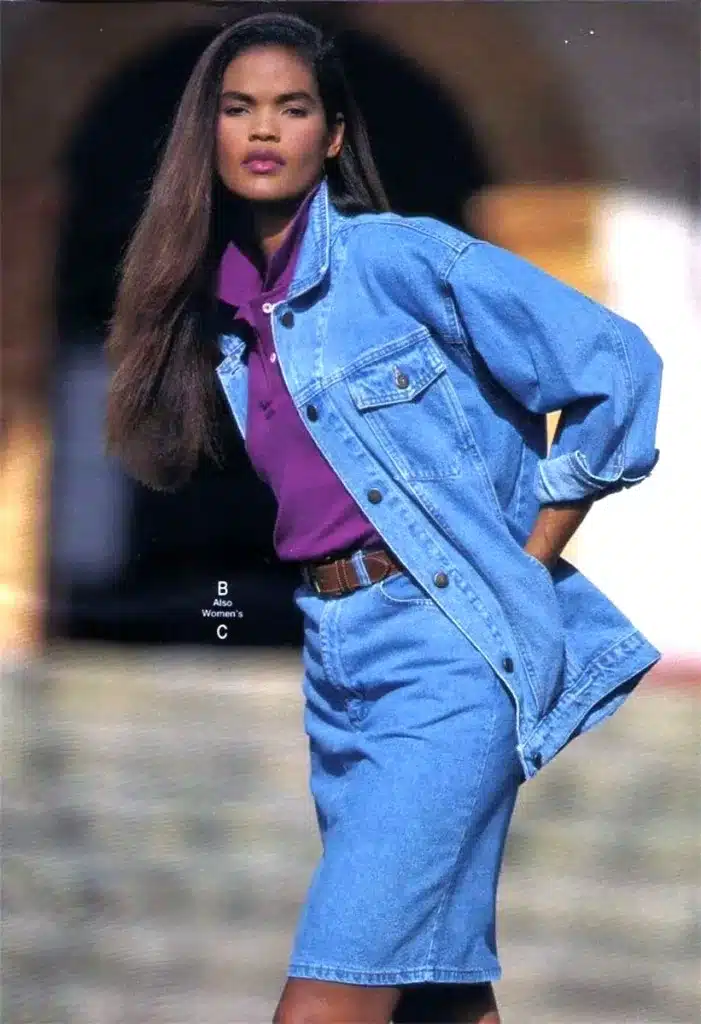
Cultural Influence: The fashion of past decades often reflects significant cultural movements or events. By revisiting these styles, designers pay homage to history and celebrate cultural heritage, adding depth and meaning to their collections.
Pushback Against Fast Fashion: There’s a growing awareness of the negative impact of fast fashion on both the environment and labor practices. By embracing vintage aesthetics, designers may encourage consumers to invest in quality, timeless pieces rather than succumbing to the cycle of disposable fashion.
Overall, the resurgence of vintage trends in fashion reflects a complex interplay of cultural, economic, and social factors, as well as a desire for authenticity, sustainability, and self-expression.
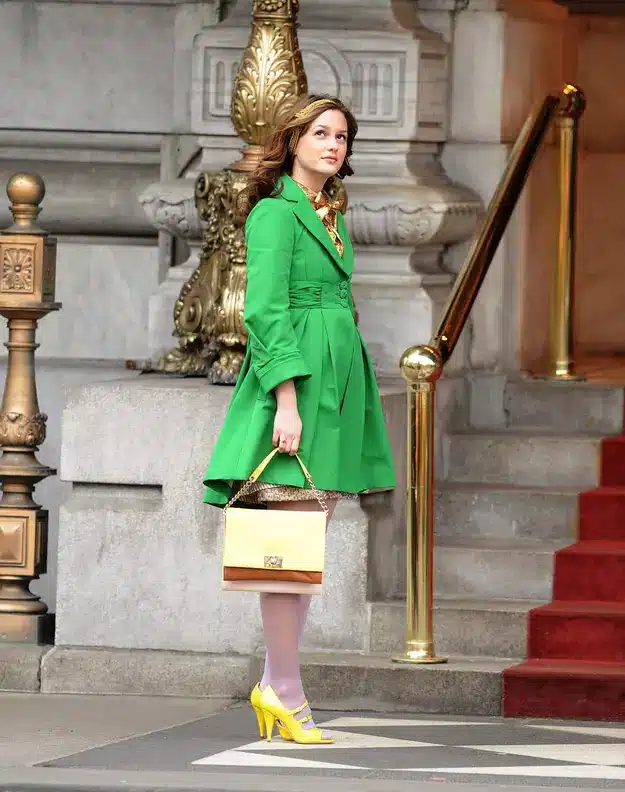
Past to present fashion – refers to the concept of drawing inspiration from historical fashion trends and incorporating them into contemporary styles. It involves reinterpreting elements from different time periods and adapting them to fit modern tastes and preferences. This approach allows designers to create unique and eclectic looks that blend elements of nostalgia with current trends. Past to present fashion often involves remixing vintage clothing, reviving old silhouettes, and re-imagining traditional garments in innovative ways. It celebrates the rich history of fashion while also pushing boundaries and exploring new creative possibilities.
Fashion has a fascinating way of reinventing itself by drawing inspiration from past styles, trends, and cultural movements. What was once popular decades ago often resurfaces in modern iterations, sometimes with a contemporary twist or reimagined to suit current tastes and sensibilities. This cyclical nature of fashion allows for constant innovation while paying homage to the rich history of design and aesthetics. From vintage revivals to retro influences, the past continually influences the present and shapes the future of fashion.
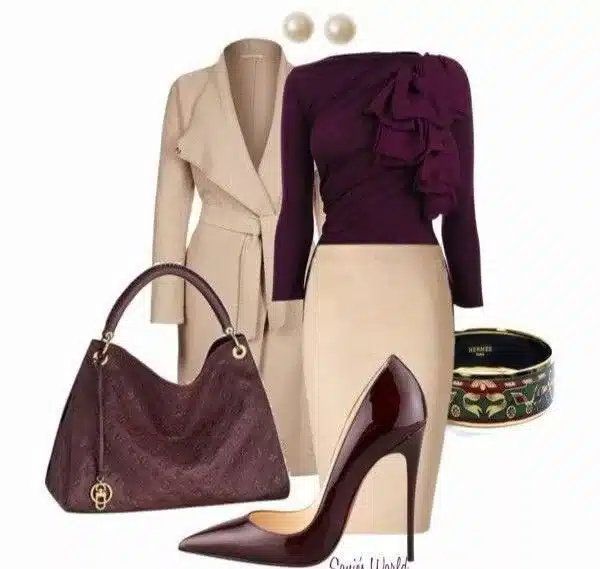
New generations can explore and be creative with their fashion choices – whilst classic styles will never go out of style.
Feel free to leave any comments below.
Thank you
Helen
Follow me on my socials or get in touch below:
https://www.facebook.com/vintageclothesandaccessorydesigns
https://www.instagram.com/vintageclothesandaccessories
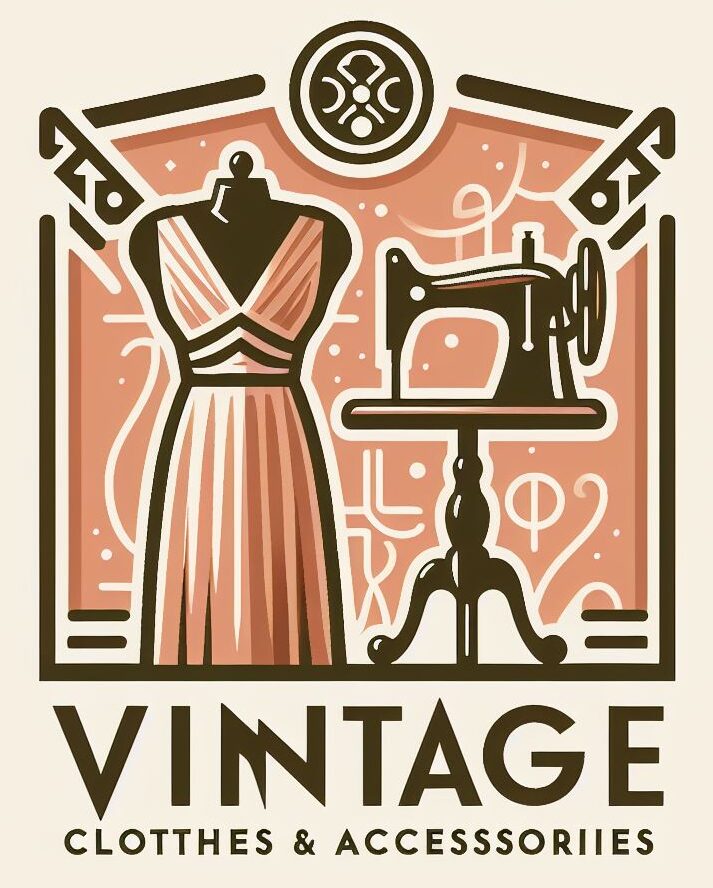
Hey Helen,
I loved reading this article about the resurgence of vintage fashion styling! It’s fascinating how what’s past is reborn in the world of fashion, with retro trends making a strong comeback. The timeless appeal of vintage clothing and accessories adds a unique charm to any outfit, allowing individuals to express their style while paying homage to fashion eras gone by.
I have a couple of questions:
1. In your opinion, what are some key factors contributing to the popularity of vintage fashion styling in recent years?
2. Do you have any tips or recommendations for someone who wants to incorporate vintage pieces into their wardrobe but doesn’t know where to start?
Thank you for sharing such an engaging and informative piece on the enduring allure of vintage fashion. I can’t wait to explore more about this exciting trend!
Marios
Hi Marios, thanks for your comments and questions.
The key factors that contributed to the popularity of vintage fashion styling of recent – firstly I would say that influencers and bloggers on social media platforms who specialize in vintage inspired looks encourage people or their followers to embrace their inner style and character of what they want to be seen in – adopting their chosen look, as well as portraying their individual style and sending a message saying “this is me or the new me” – we all have a bit of “old school” in us. Others may just love the sense of nostalgia and are drawn to a certain decade – embracing that style of dress. Having said all that, online groups such as on Facebook welcome members to certain style eras where you can chat to others or meet at festivals or functions – the options are limitless.
Also I would say that the influence of media or pop culture such as in TV shows and movies – say the Movie “Barbie” (though I have not seen it) reflects the 60’s era. But even media – you see designers capturing the essence of past styles like on the News or current affairs shows – reporters adding a vintage touch to their ensemble.
Another factor is that people are more aware of recycle fashion and sustainability which is becoming more and more prevalent in society – so many are adopting this trend when they shop at thrift stores.
My tips would be to – firstly decide what era you are interested, in and want to portray or incorporate into a modern wardrobe. Then jump online and go to Pinterest and search ideas within that era – look at all the images provided, but you can also google “vintage inspired fashion ideas for men/women” and see what pops up. There are many ways to incorporate this look, you just have to decide what’s right for you and what suits you best. Also if you are in an online group who specialize in a certain era, they would give you ideas into how to incorporate that look into a modern wardrobe. However I usually start with accessories – that way you can’t go wrong, just make sure your colour scheme matches. Good luck with your endeavours.
regards,
Helen.